The Front That’s Not On Maps
By: Giorgio Provinciali
Live from Ukraine
ALLA AND I JUST LAUNCHED A NEW FUNDRAISING CAMPAIGN TO PURCHASE DRONE DETECTORS
If supported, it may be vital to us
Synelnykove – To gauge the war’s progress, simply take a walk around these areas. You would see that once-thriving and lively towns like Synelnykove, just forty kilometers from major cities like Dnipro (Ukraine’s third-largest city and industrial hub), are now turned into ghostly wastelands where military vehicles speed back and forth from the frontlines. Garbage bins spill over onto deserted streets, where every so often a small group of children can be seen chasing each other toward the nearest shelter, while the deep voice that accompanies the air raid sirens announces yet another Russian attack. «ПОВ?ТРЯНА ТРИВОГА! ПОВ?ТРЯНА ТРИВОГА!!» With each repetition, that serious, deep tone shifts into a plea: «Take cover! Take cover, there’s a violent air strike underway! Take cover!!»
Despite that plea, the civilians inside the supermarket on the square of the local train station – one of the few businesses in Synelnykove that hasn’t closed its doors – continue to move through the aisles as if nothing had happened. Christmas decorations are already displayed on those shelves, including lights, despite the fact that the very same supermarket is powered by internal combustion generators. The electricity in Synelnykove sometimes goes out for twenty-four hours at a time, and even simple tasks like paying by card in a store can take up to ten minutes. As part of a series of strikes targeting Ukrainian railway infrastructure, Russian aircraft recently struck the local train station, which is now almost completely covered in plywood. This is how, two days after the violent Russian attack on the Kamianske station, I found myself documenting an identical crime that very few in the West have reported.
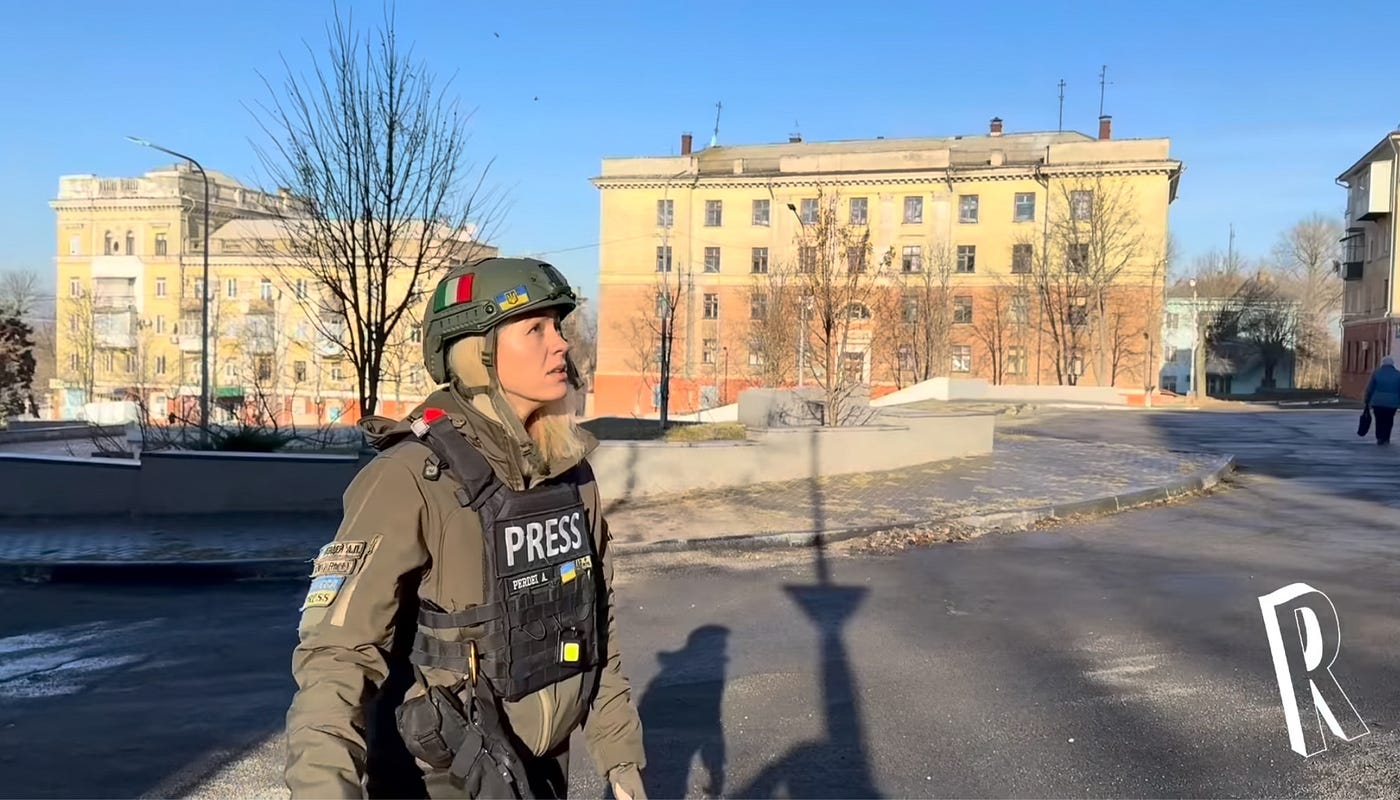
Thanks to the forward-thinking decisions of the Zelensky government, which among its first actions was to invest in rebuilding Ukraine’s road network, Ukrainian military logistics have not been disrupted as the Russians would have liked. For these reasons, car transporters loaded with armored vehicles and fuel tankers are often seen moving smoothly on untouched roads, where just a few years ago the situation was very different. Transporting those loads from Lviv to Kramatorsk now takes less than 24 hours, whereas before that major change enforced by the current government, it took more than twice that long.
This has effectively saved Ukraine, preventing its paralysis during a critical moment.
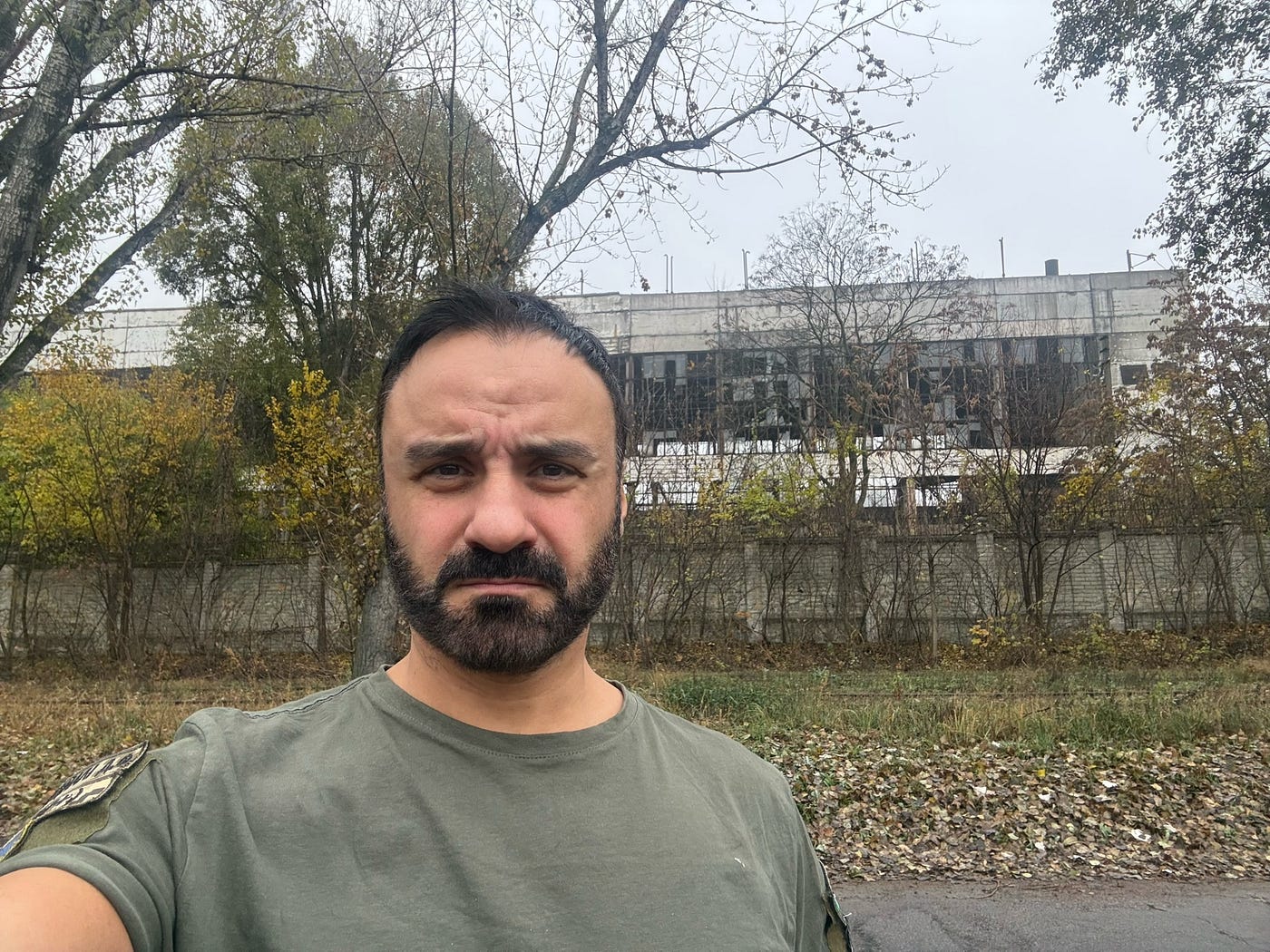
Pokrovsk is a full 142 km away, and the southern front of Orikhiv is about the same distance. Despite this, in Synelnykove, one begins to breathe an air that only those who have experienced the front lines can perceive. Holdingthose bastions is crucial because every Russian advance on the front has brutal repercussions in the rear areas for similar distances. Russian – i.e., largely Chinese – Geran’ drones now strike these areas almost daily, often followed by old Soviet-era glide bombs now equipped with turbojet engines – again, Chinese – capable of extending their range up to 200 km. These are inaccurate but devastating bombs, capable of destroying five-story buildings. Moscow uses them heavily in southern Ukraine to strike beyond Ukrainian defenses. In fact, in such areas, craters the size of soccer fields are often found near energy and transportation infrastructure.
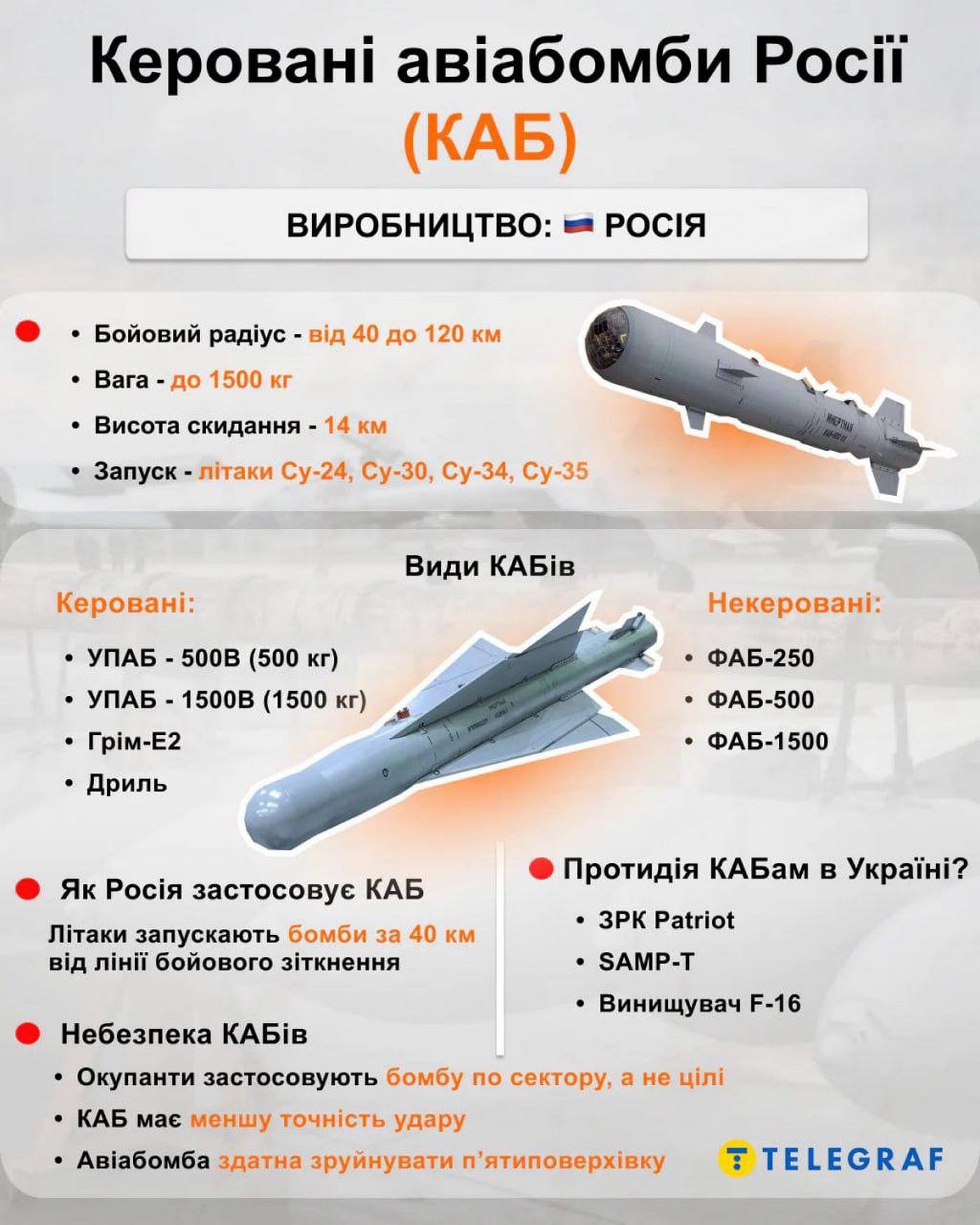
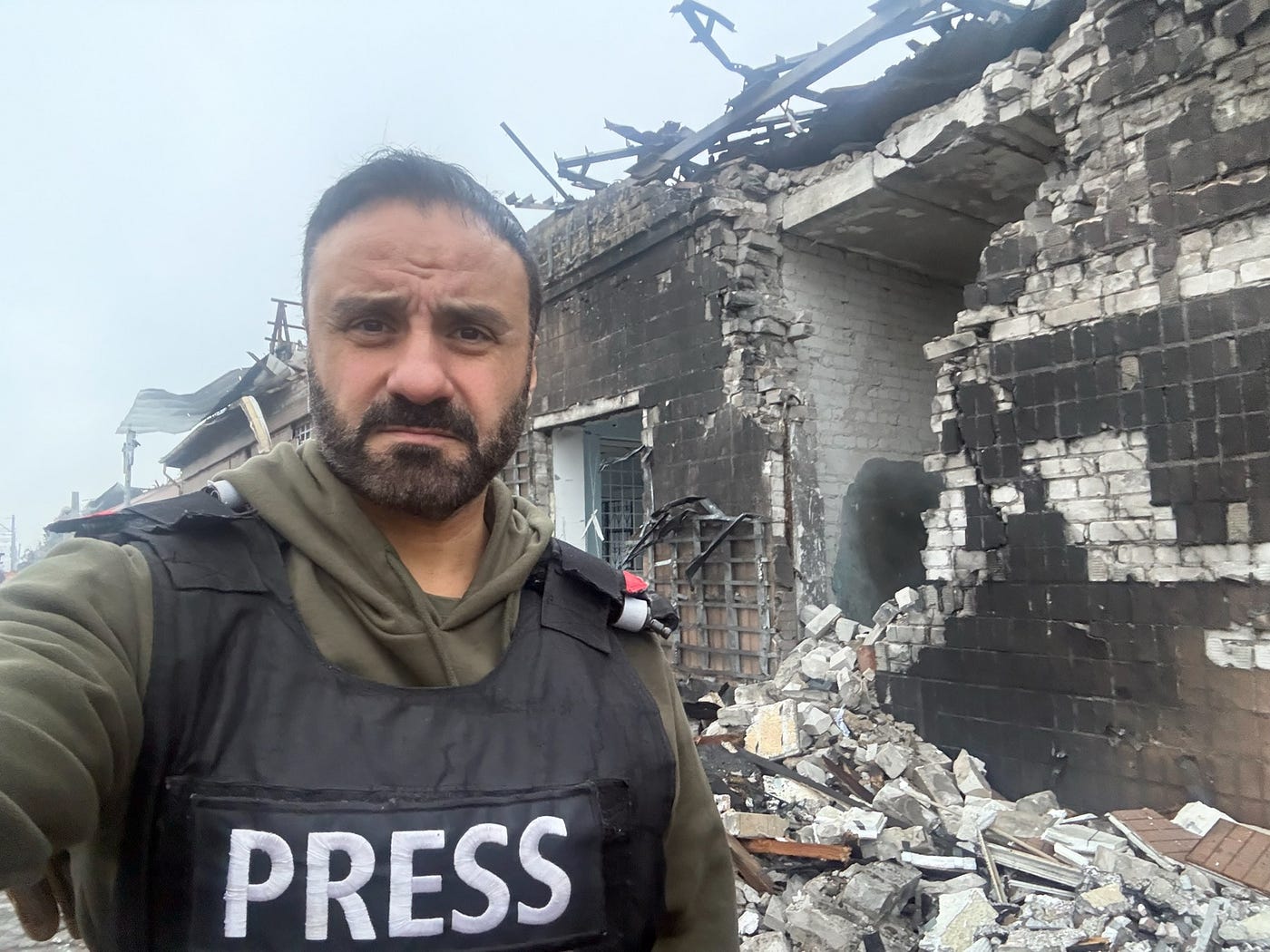
If this is the situation 150 km from it, explaining how hot the front is is superfluous. In October alone, the Russians released more than 2,700 such glide bombs near Pokrovsk. That’s half as many as fell across all of Ukraine. Speaking for over an hour with a Ukrainian soldier who recently returned from that hell for a brief rest in this purgatory, I confirmed that Russian troops managed to infiltrate nearly 300 men into about half of that sector, without establishing their positions. Yesterday alone, they attempted to break out nearly 200 times – once every fifteen minutes. Yet, the negligently absent media are reporting the opposite: the Russians have lightened the load on Pokrovsk to «break the Ukrainian front in Zaporizhzhia.» Another breakthrough narrated from afar by those who assume a map alone is enough to understand where the front is.
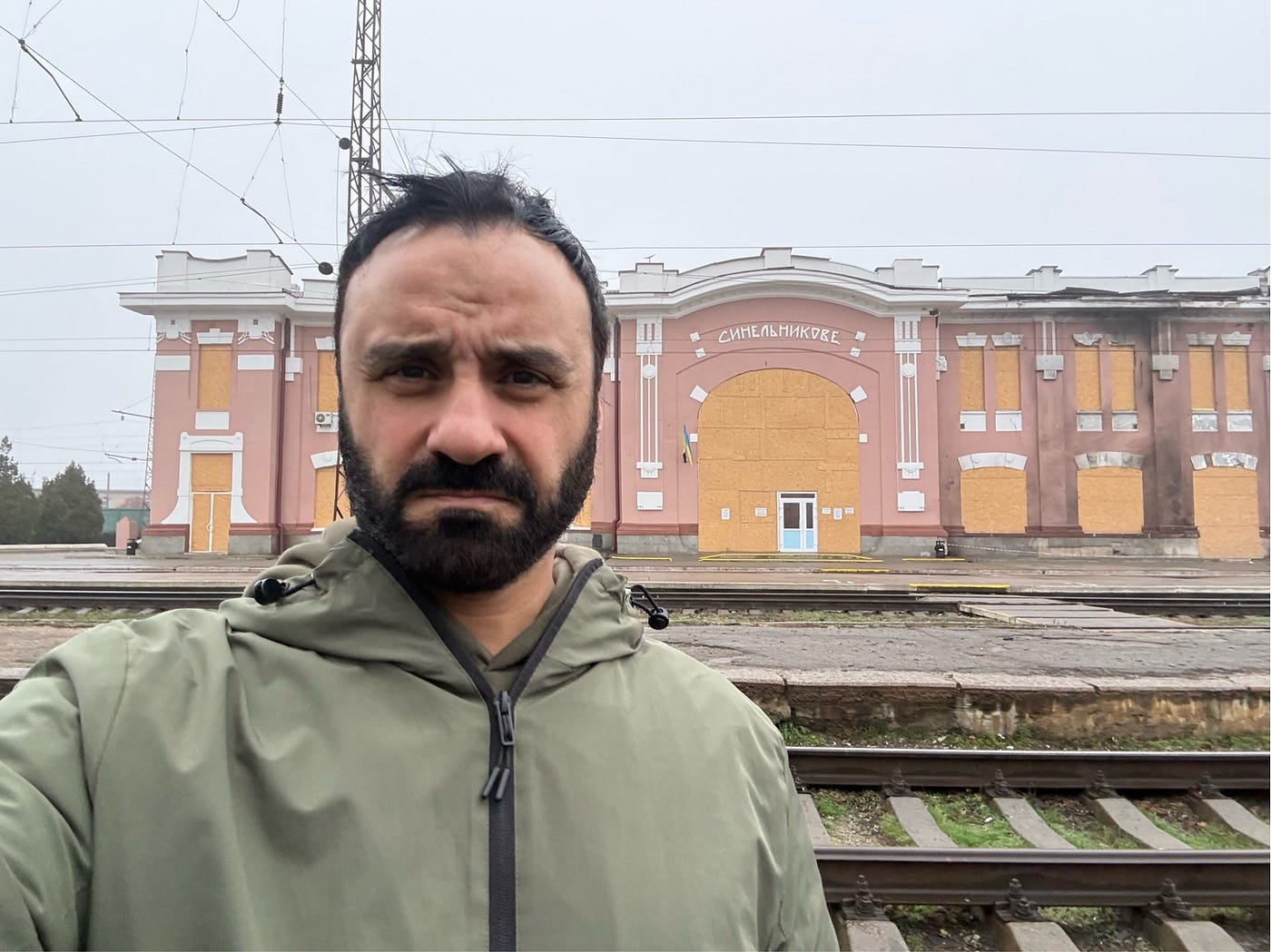
Through our crowdfunding campaign, we aim to purchase and install drone detection devices on each of our vehicles to protect against drone attacks in hot zones. Anti-drone «РЕБ» devices have proven effective against traditional wireless drones, but are completely ineffective against those connected via fiber-optic cables. We are launching this new campaign to ensure that none of those war machines will hit us when we approach the frontlines where we write our articles. Your support will not only protect us but also the civilians and defenders within the device’s range.
帮我们购买无人机探测器
在过去的三年里,作为自由撰稿人,我们一直在乌克兰战争的所有前线进行报道,自从大规模…
https://www.paypal.com/pools/c/9jbDXjGiRu
不在地图上的前线
作者:Giorgio Provinciali
乌克兰现场报道
西梅尼克沃(Synelnykove)——要了解战争的进展,只需在这些地区走一走。你会发现,曾经繁荣热闹的城镇如西梅尼克沃,距离第聂伯(乌克兰第三大城和工业中心)仅四十公里,现在已经变成鬼魅般的荒原,军用车辆从前线来回飞速行驶。垃圾桶散布在荒芜的街道上,不时可以看到几个孩子追逐着跑向最近的掩体,而伴随着空袭警报的低沉广播声宣布又一次俄罗斯的袭击。“ПОВ?ТРЯНА ТРИВОГА!ПОВ?ТРЯНА ТРИВОГА!!” 每次重复,那严肃、深沉的语调听来都是一个恳请: “快躲起来!快躲起来,有猛烈的空袭!快躲起来!!”
尽管广播上的恳请,火车站广场上的超市里——这是西梅尼克沃为数不多没有关闭的商铺之一,仍有不少平民像往常一样穿梭于货架间。货架上已经挂满了圣诞装饰品和灯饰,尽管这家超市依靠内燃发电机供电。西梅尼克沃的电力有时会中断长达24小时,甚至在商店里用卡付款这样简单的操作也可能需要耗费十分钟。在对乌克兰铁路基础设施系列打击行动中,俄罗斯飞机最近轰炸了当地的火车站,而后者现在几乎完全被胶合板覆盖。就在俄罗斯疯狂袭击卡米安斯克火车站两天后,我意识到自己在现场记录了一件几乎没人报道的类似袭击事件。
(图:当Alla在为意大利报纸“La Ragione”作现场报道时,一个俄罗斯FPV无人机正在我们头顶上盘旋——版权所有,Giorgio Provinciali)
多亏泽连斯基政府的前瞻性决策,尤其是在重建乌克兰道路网络方面的投资,使得乌军的后勤工作并没有如俄军所愿那样受到干扰。出于这些原因,装载装甲车辆和燃料油罐车的汽车运输车,经常在未受破坏的道路上平稳行驶,而就在几年前,情况非常不同。现在,从利沃夫到克拉马托尔斯克的运输时间不到24小时,而在现任政府进实施重大改革之前,这一距离通常需要两倍以上的时间。
实际上,这极大地挽救了乌克兰,在关键时刻避免了物流瘫痪。
(图:我在一片被俄军摧毁的工业区——版权所有,Giorgio Provinciali)
波克罗夫斯克距离这里正好142公里,奥里科夫南线也差不多是同样的距离。尽管如此,在西梅尼克沃,人们开始呼吸到只有经历过前线的人才能感知到的空气。守住这些堡垒至关重要,因为俄罗斯在前线的每一次推进,都会在类似范围的后方地区带来同样的血腥后果。俄军杰兰无人机,主要是中国制造,现在几乎每天都在袭击这些地区,随后通常是旧苏联时代的滑翔炸弹,现在配备了涡轮喷气发动机——也是中国制造的,能够将其射程扩大到200公里。这些炸弹精度不高,但破坏力巨大,能够摧毁五层建筑。莫斯科在乌南地区大量使用它们,攻击防线以外的目标。事实上,在这些地区,常常能在能源和交通基础设施附近找到像足球场那么大的弹坑。
(图像来源:Telegraf)
(图:这就是俄罗斯联邦对乌克兰民用基础设施的破坏行为——版权所有,Giorgio Provinciali)
如果150公里开外的情况已经是这样,那前线的激烈程度已无需多言。仅在十月份,俄方就在波克罗夫斯克附近投下了超过2700枚滑翔炸弹,这只是乌克兰全境受到攻击炸弹数量的一半。在与一名最近刚从地狱般的战场返回、在这个炼狱中短暂休整的乌克兰士兵长谈一个多小时后,我确认俄军已成功渗透了近300名士兵到该区域的约一半范围内,却未能建立起巩固的阵地。仅昨天,他们就试图突破近200次——几乎每十五分钟一次。然而,那些疏忽缺席的的媒体却在作相反的报道:俄军减少了在波克罗夫斯克的军力,以“突破扎波罗热的乌克兰战线”。那些假设仅凭地图就足以了解前线位置的人从远处叙述了另一个突破。
(图:我在乌克兰西梅尼克沃火车站——版权所有,Giorgio Provinciali)